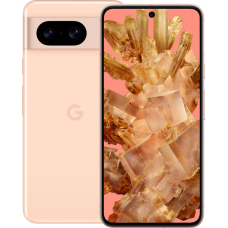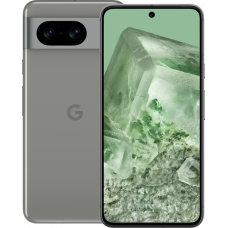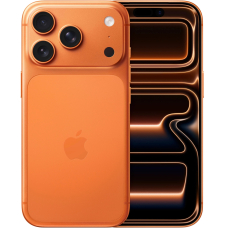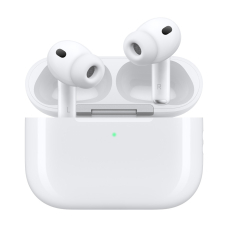Google continues to surprise fans of its Pixel smartphone series by introducing the new Pixel 8, which is in a higher price category than its predecessors, the Pixel 7 and Pixel 6. One of the main features of the Pixel 8 is the updated software. Let's examine what other differences exist between these models.
Design
The "seven" and "eight" have noticeably similar designs. Both smartphones feature an elegant glass back, a sturdy aluminum frame, and a distinctive camera bump on the back.
As expected, given the more compact screen, the Pixel 8 is slightly smaller than the Pixel 7, with a difference of only a few millimeters — about 3 mm in width and 5 mm in height. The rounded edges of the eighth model make it visually smaller and more comfortable to hold. Additionally, the Pixel 8 has become lighter by about 10 grams — its weight has decreased from 197 to 187 grams, which adds comfort during use.
As for durability, both devices are reliable models, as confirmed by the IP68 rating, which signifies protection against water and dust. Moreover, the screens of both devices are protected by Corning Gorilla Victus Glass, which is resistant to damage.
Display
Both smartphones are equipped with bright FHD+ OLED displays. However, animations on the Pixel 8 appear smoother compared to the Pixel 7, thanks to an improved refresh rate of 120 Hz versus 90 Hz on the previous model. The "eight" also provides a peak screen brightness of up to 2000 nits and has narrow bezels, enhancing visibility in bright lighting and improving overall comfort when viewing content.
Nevertheless, these changes are not significant. The Pixel 8 still does not utilize LTPO technology for dynamically adjusting the screen refresh rate between 1 and 120 Hz depending on the content. Color reproduction and viewing angles remain virtually identical for both models. Both devices support HDR10+ and are certified to the Widevine L1 standard.
It's worth adding that the Pixel 7's display is slightly larger, with a diagonal of 6.3 inches compared to 6.2 inches for the Pixel 8. At the top of each panel is a round cutout for the selfie camera.
Specifications
The Pixel 8 slightly outperforms the Pixel 7 in terms of performance, which is evident in both tests and real-world usage. The differences may be small, but thanks to the advanced Tensor G3 chip, the "eight" processes tasks a bit faster than its predecessor. This chipset also expands image processing capabilities and adds new software features for the Pixel 8. While both chipsets, including the Tensor G2, are well-suited for everyday tasks, they are also powerful enough to handle mobile gaming with ease, without overheating issues.
Each device has 8 GB of RAM and 128 GB of internal storage, with no user-expandable options. Immediately after release, the Pixel 8 runs on Android 14, while the Pixel 7 can be updated to the same OS version, providing equal software capabilities for both models.
While the Pixel 8 uses a 4575 mAh battery, which is larger than the 4355 mAh in the Pixel 7, their usage duration is almost identical, thanks to the higher refresh rate of the latter model. Both smartphones can provide around 5-6 hours of screen time, making them equivalent in terms of usage time.
Camera
On the backs of the Pixel 8 and Pixel 7 devices are cameras with identical sensors: a 50 MP main sensor and a 12 MP ultra-wide sensor. The Pixel 8's ultra-wide lens captures scenes at an angle of 125.8 degrees, which is wider than the 114 degrees of the Pixel 7, and also has a larger aperture on the main sensor, slightly enhancing the camera capabilities of this model. Photos taken with the Pixel 8 are characterized by increased brightness and contrast, and the larger aperture helps reduce noise, making images clearer and sharper.
As for the ultra-wide lens, the larger capture angle on the Pixel 8 allows for more detail in photos, although it does not introduce significant changes compared to the Pixel 7.
In terms of the front camera, the Pixel 8 has a slightly reduced resolution of 10.5 MP, compared to 10.8 MP on the Pixel 7, but this difference does not affect the stability of selfie quality. The portrait quality remains high with well-reproduced skin tones, pleasant bokeh in the background, and excellent contour detail.











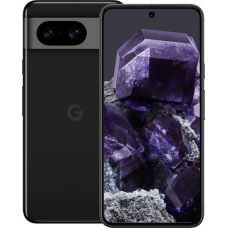

 0
0
